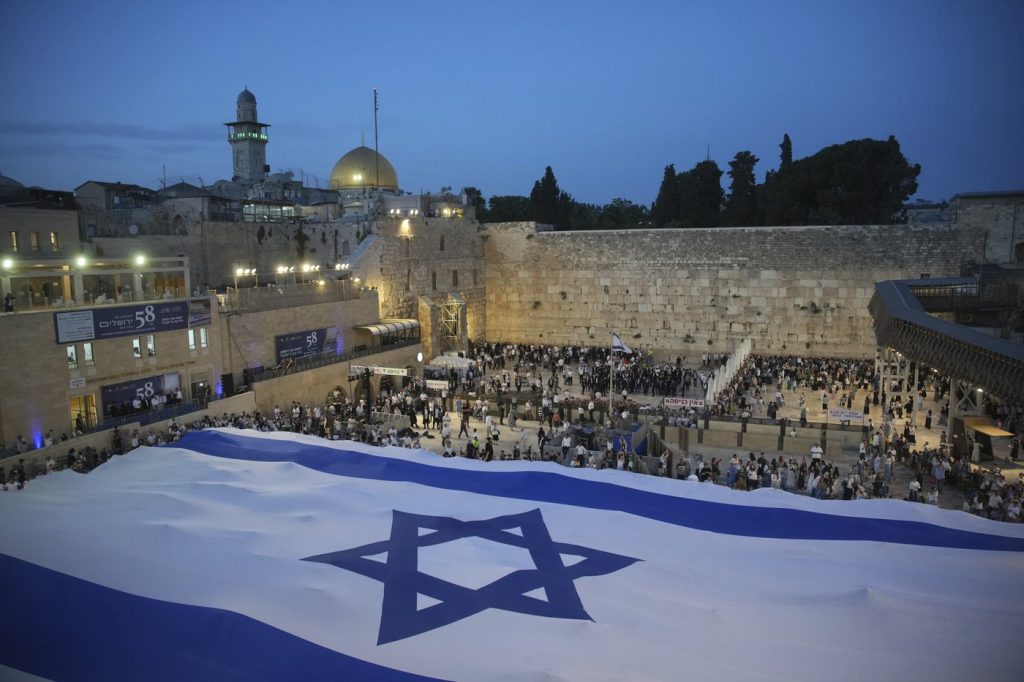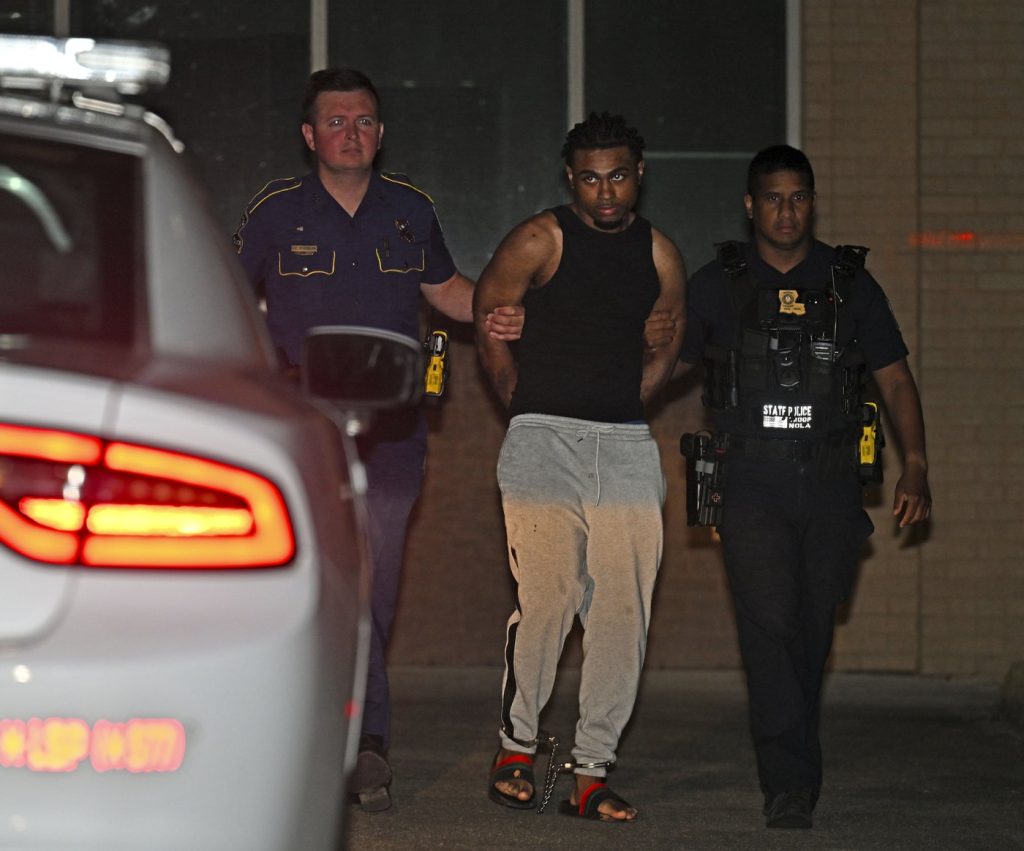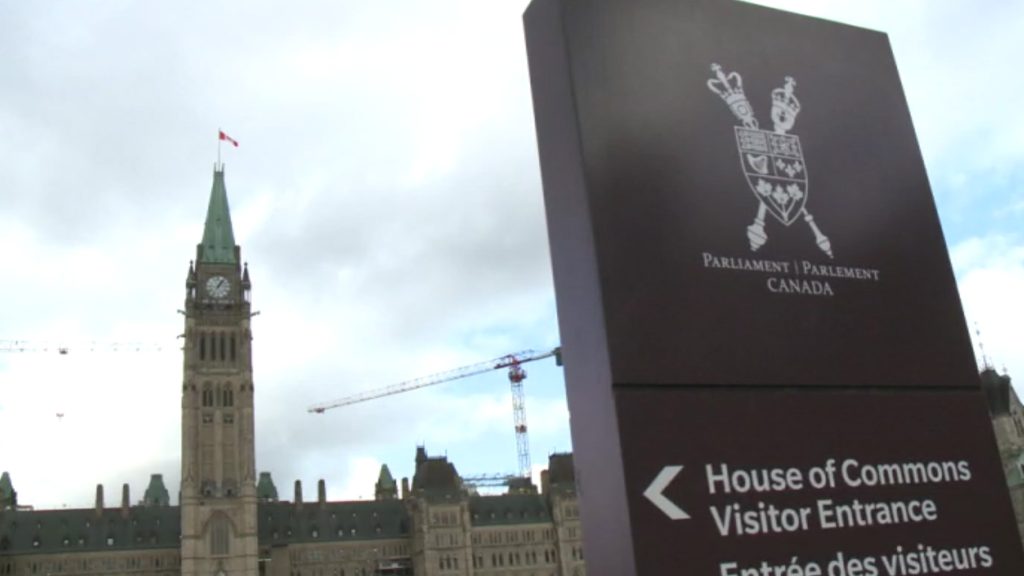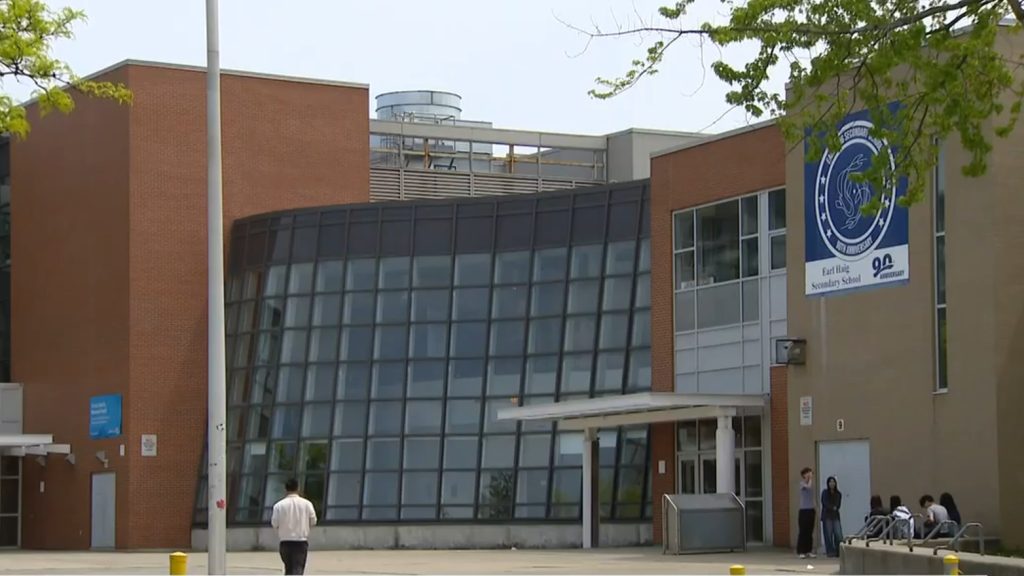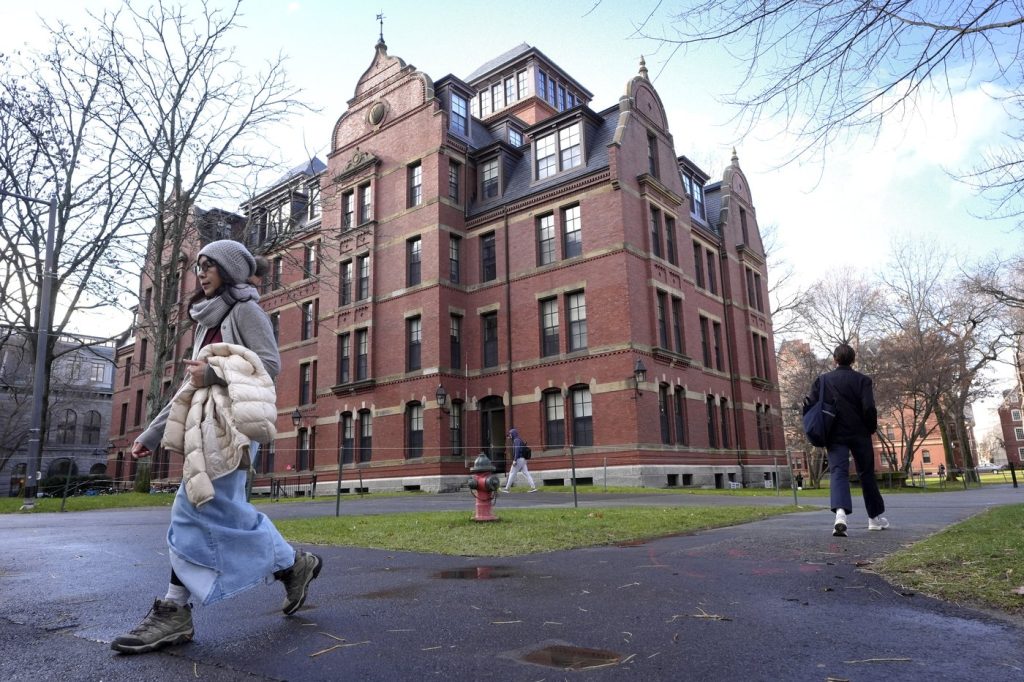DEIR AL-BALAH, Gaza Strip (AP) — In a recent escalation of violence, Israeli strikes in Gaza over the past 24 hours resulted in the deaths of at least 38 individuals, including children, according to local health officials. This marks a continuous trend of casualties, with hospitals in northern Gaza remaining inaccessible for a second consecutive day, leaving many without critical health data.
The situation is further intensified by reports of a tragic incident involving Palestinian pediatrician Alaa al-Najjar, who lost nine of her ten children in an Israeli airstrike on Friday. The single surviving child, along with al-Najjar's husband, who is also a doctor, sustained severe injuries during the strike.
As of now, Gaza's Health Ministry has reported a devastating total of 3,785 deaths since the ceasefire ended in March 2023. This escalation has followed Israel's declaration of its intent to eradicate Hamas and retrieve the 58 hostages taken during the attacks on October 7, 2023. Hamas has countered that it will only release the hostages in exchange for a lasting ceasefire and withdrawal of Israeli forces.
Israel has enforced a blockade preventing the entry of food, medicine, and fuel into Gaza for two and a half months, but recently allowed a minimal amount of aid following warnings of impending famine and pressure from allied nations. COGAT, the Israeli defense agency, reported that 107 trucks of aid entered Gaza on a single day; however, the United Nations criticized this as grossly inadequate compared to the 600 trucks that were entering during the ceasefire.
Israel has proposed a new U.S.-backed plan to maintain control over all aid to Gaza, though the head of this initiative unexpectedly resigned, citing concerns over the lack of operational independence. The United Nations has rejected this plan, with UN World Food Program executive director Cindy McCain emphasizing the desperate circumstances that prompt civilians to grab aid supplies, arguing that Hamas is not the primary cause of aid shortages.
Recent Israeli airstrikes have drawn condemnation, especially following the death of Alaa al-Najjar's children. Witnesses describe the horror of finding charred remains bundled together and express outrage over the targeting of innocents. Israeli officials, however, have defended their actions, stating that they are reviewing claims of civilian casualties and attributing such deaths to Hamas for operating within densely populated areas.
The ongoing war—triggered by the October 7 attack, which resulted in approximately 1,200 deaths at the hands of Hamas, primarily among civilians—has led to over 53,000 Palestinian fatalities, according to the Gaza Health Ministry. This figure underscores the disproportionate impact of the conflict, with women and children constituting a significant portion of the casualties.
Simultaneously, Hezbollah leader Naim Kassem has reiterated the group's stance against disarming, contingent on Israel’s withdrawal from occupied border points in southern Lebanon. This statement comes six months post a U.S.-brokered ceasefire following the latest conflict with Hezbollah, which saw continued Israeli airstrikes in the region.
On another front, Israel's military reported intercepting a missile fired by Houthis from Yemen, triggering air raid sirens in various locations, including Jerusalem. While there were no reported casualties, this incident highlights the expanding regional implications of the ongoing conflict in Gaza.
Overall, the situation in Gaza continues to deteriorate amid ongoing military operations, humanitarian crises, and failed ceasefire negotiations, with the international community largely criticizing the humanitarian implications of the conflict.


